City of St. Petersburg Water Quality Report
Population Served: 300,000
Recent Violations: 0
Primary Water Source(s): Floridian Aquifer, Alafia River, and Hillsborough River
Report Year: 2024
Source: City of St. Petersburg
DID YOU KNOW water quality reports, also known as “Consumer Confidence Reports (CCRs),” are annual documents that all public water systems are required to provide to you via mail and online. These reports are supposed to provide important information about the quality of the drinking water delivered over the previous year.
They can be difficult to read or understand. They are often many pages long and contain complex tables and charts. Culligan Water wants to change this and help you MAKE SENSE OF YOUR WATER.
This easy-to-read report will provide you with the following:
- Violations: Any federal, state, or local violations your water system has committed recently.
- Items of interest: Common water issues discussed within your community.
- Potential concerns: Unregulated contaminants that could be a health concern to you or your family.
- Water hardness: The current level of hard water in your area.
The Water Quality Report Legend:
- Health Concern Contaminants that have known health effects that the EPA regulates to protect public health.
- Aesthetic Issue Not necessarily a health risk but can affect your water’s appearance, taste, or odor.
- Unregulated Possible health risk but NO standards set by the EPA. Emerging chemicals and compounds the EPA is gathering data on.
Maximum Contaminant Level (MCL): The highest level of a contaminant that is allowed in drinking water.
Action Level (AL): The concentration of a contaminant that triggers additional action.
Max. Contaminant Level Goal (MCLG): The level of a contaminant in drinking water that doesn’t pose a significant risk to health. MCLG are NOT regulatory standards, and may not be attainable due to current remediation technologies.
A Summary Of The St. Petersburg Water Quality Report
1) Infrastructure Improvements:
St. Petersburg’s water treatment system includes advanced methods like aeration, lime softening, and chloramine disinfection to maintain high water quality. Sodium hydroxide is used to stabilize pH and reduce pipe corrosion. Continuous monitoring and testing ensure that all water delivered to homes meets state and federal safety standards. The Cosme Water Treatment Plant, along with Tampa Bay Water’s facilities, plays a key role in ensuring reliable service.
2) Water Sources and Usage:
The city receives its water from Tampa Bay Water, which provides a blend of groundwater, surface water, and desalinated water. These sources include six well fields tapping into the Floridan Aquifer, surface water from the Alafia River and Hillsborough River, and reserves like the C.W. Bill Young Regional Reservoir and Tampa Bypass Canal. Hillsborough Bay also supplies water to the Tampa Bay Seawater Desalination facility. This diverse water portfolio helps ensure consistency and safety.
3) Disinfection Byproducts:
The 2024 report notes the presence of disinfection byproducts such as chloramines (3.82 ppm), HAA5 (22.65 ppb), and TTHM (22 ppb). All levels remain within EPA’s maximum allowable limits. These byproducts form when disinfectants like chloramines react with natural organic matter in the water.
4) Minerals and Water Quality Highlights:
St. Petersburg’s water is moderately hard at 165 mg/L, with notable minerals including calcium (57 mg/L), magnesium (6 mg/L), and sulfate (61 mg/L). Fluoride is added at 0.62 ppm to support dental health, while sodium is measured at 13.5 ppm, well below the EPA maximum of 160 ppm. No maximum contaminant level (MCL) violations were reported for 2024.
Hard Water
Hard Water Problems in St. Petersburg
In 2024, the water quality report for St. Petersburg recorded water hardness at 165 mg/L (about 9.6 grains/gallon), which classifies the water as hard. Although it’s not as high as other cities, hard water can still lead to issues like scale buildup, mineral deposits, and dry skin. St. Petersburg’s water hardness remains consistent year to year, making a water softener or whole-house filtration system a smart choice for homeowners.
Hard Water
Public Health Goal: N/A
Concerns: Dry skin/hair, scale, soap scum, mineral buildup in appliances
Removal: Water Softeners, Whole House Water Filters
Radioactive Contaminants
Explore Radioactive Contaminants Of Concern In St. Petersburg
Radioactive contaminants can include substances like radium, uranium, and radon. These contaminants can enter water sources through natural deposits or as a result of human activities like mining.
AE/Uranium
EPA Max. Contaminant Level: 30
Max. Contaminant Level Goal: 0
Concerns: Cancer, Environmental Issues
Removal: Reverse Osmosis Water Filters, Whole House Water Filters
Radium
EPA Max. Contaminant Level: 5
Max. Contaminant Level Goal: 0
Concerns: Cancer, Environmental Issues
Removal: Reverse Osmosis Water Filters, Whole House Water Filters
Water Contaminants
Explore Common Contaminants In St. Petersburg Tap Water
Common contaminants can come from natural sources, industrial discharges, agricultural runoff, or corrosion of plumbing systems.
Sulfate
EPA Max. Contaminant Level: 500 mg/L
Concerns: Aesthetic issues such as bad odor or taste
Removal: Reverse Osmosis Water Filters, Whole House Water Filters
Sodium
EPA Max Contaminant Level: 160
Concerns: Hypertension, kidney function and heart health problems
Removal: Reverse Osmosis Water Filters, Whole House Water Filters
Fluoride
Max. Contaminant Level Goal: 4
Concerns: Dental issues
Removal: Reverse Osmosis Water Filters, Whole House Water Filters
Disinfection Byproducts
Explore Disinfection Byproduct Contaminants In St. Petersburg Tap Water
Disinfection byproducts (DBPs) are formed when disinfectants like chlorine react with natural organic matter in the water. Common DBPs include trihalomethanes (THMs) and haloacetic acids (HAAs). One thing to note is that while some states have public health goals around all of these contaminants, Florida does not. Therefore, there is no state-mandated goal for contaminants such as HAA5 or TTHM.
Bromate
EPA Max. Contaminant Level: 10
MCLG: 0
Concerns: Cancer
Removal: Water Softeners, Whole House Water Filters
Chloramines
EPA Max. Contaminant Level: 4.0
MCLG: 4
Concerns: Cancer
Removal: Water Softeners, Whole House Water Filters
HAA5
EPA Max. Contaminant Level: 60
MCLG: N/A
Concerns: Cancer
Removal: Water Softeners, Whole House Water Filters
TTHM
EPA Max. Contaminant Level: 80
MCLG: N/A
Concerns: Cancer
Removal: Water Softeners, Whole House Water Filters
For reference, a part per trillion (ppt) is roughly equivalent to a single drop of water in 20 Olympic-sized swimming pools or one second in 32,000 years. These updated interim Health Advisory Levels are below the detection capabilities of current laboratory testing technology. They serve as interim guidance until formal regulations or Maximum Contaminant Levels are established.
Forever Chemicals
PFAS Contaminants In St. Petersburg Tap Water
PFAS (per- and polyfluoroalkyl substances), commonly known as ‘Forever Chemicals,’ water contamination impacts residents in many places across the United States. However, St. Petersburg’s 2024 water quality report does not list PFAS levels.
PFAS contamination is a growing concern across Florida. Installing a reverse osmosis filter is one of the most effective ways to reduce PFAS if present. Florida’s most recent legislation against PFAS requires the Florida Department of Environmental Protection (DEP) to establish specific cleanup levels for PFAS in drinking water, groundwater, and soil by 2025.
On April 10, 2024, the United States government introduced its first-ever national, legally enforceable drinking water standard to protect citizens from PFAS forever chemicals. While this is a major development in the regulation of PFAS, there are over 12,000 types of PFAS, and only six types are being regulated by the EPA.
Related Materials
Get More Information On St. Petersburg Tap Water Quality
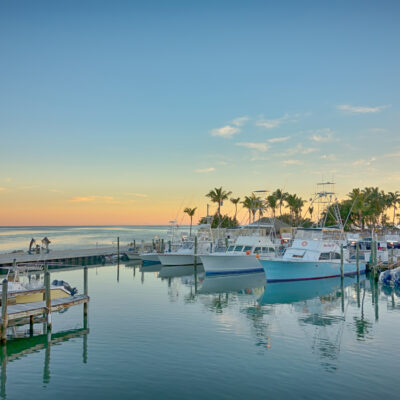
Where Does Clearwater, Largo, Port Richey, and St. Petersburg Get Their Tap Water From?

Florida’s Fluoride Ban: What It Means for Your Drinking Water
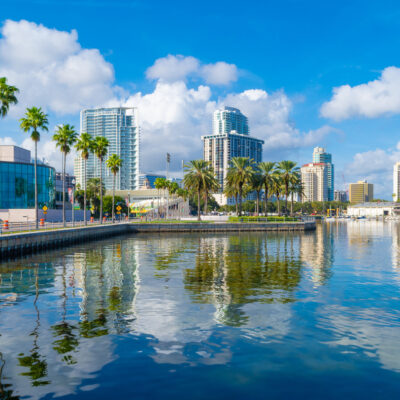
Does St. Petersburg Have Hard Water?
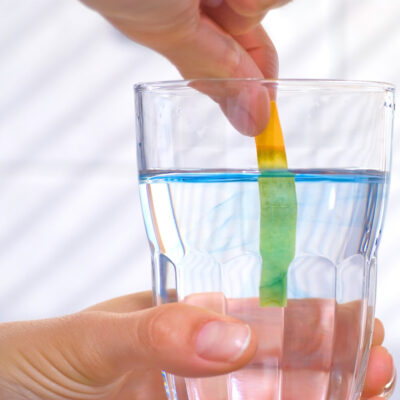
Does The Gulf Coast Area Have Alkaline Water?
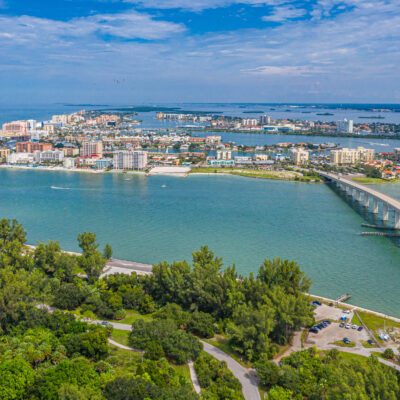
Exploring Common Water Contaminants in The Gulf Coast
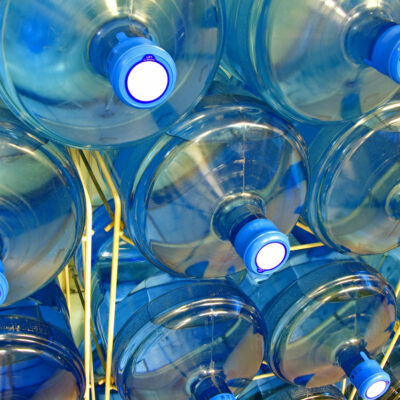
Is Spring Water Better Than Tap Water in the Gulf Coast of Florida?

Is St. Petersburg Water Safe to Drink?
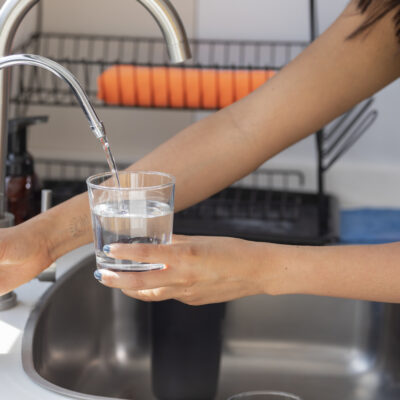
Whole House Reverse Osmosis vs. Under-Sink Reverse Osmosis: Which System Is Right for Gulf Coast Florida Homeowners?
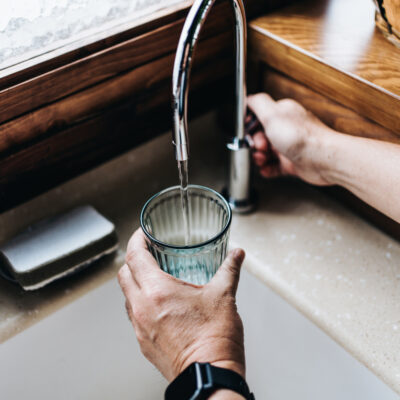
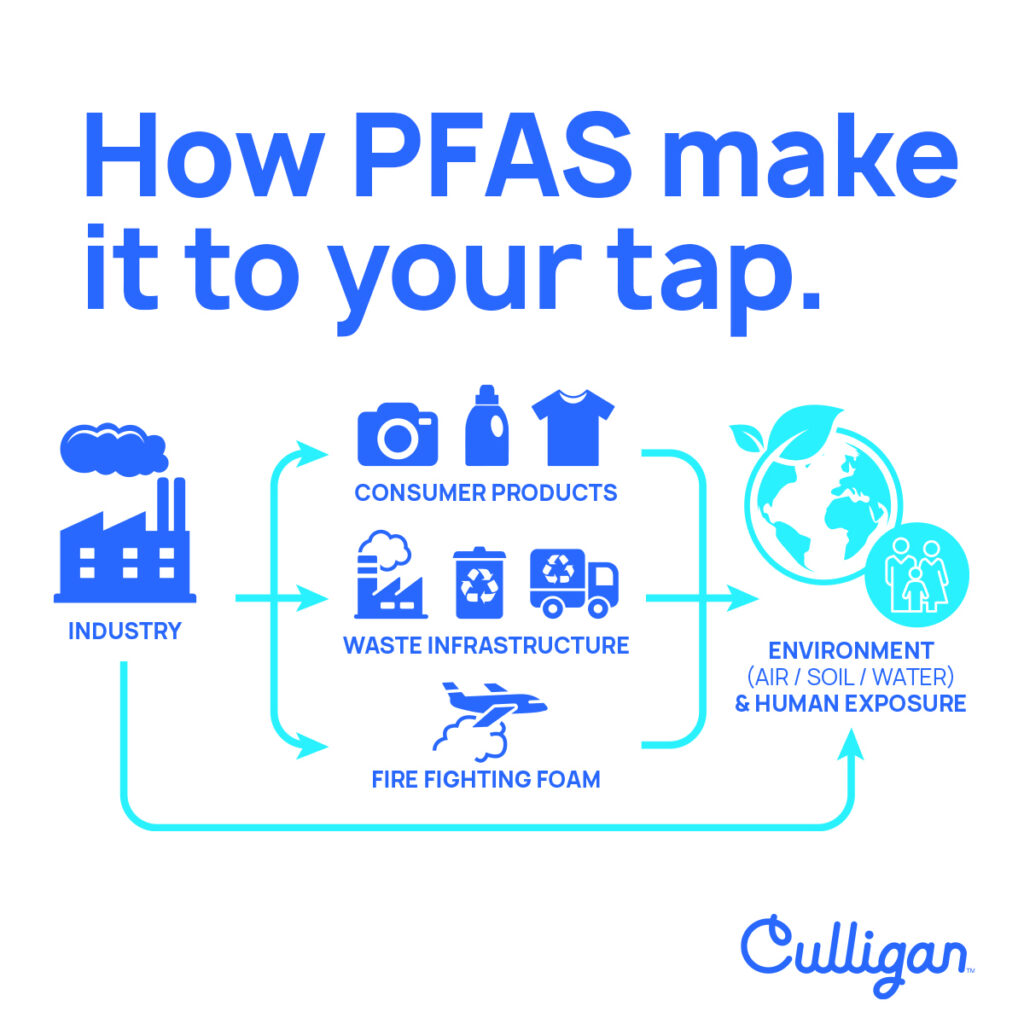

Facebook